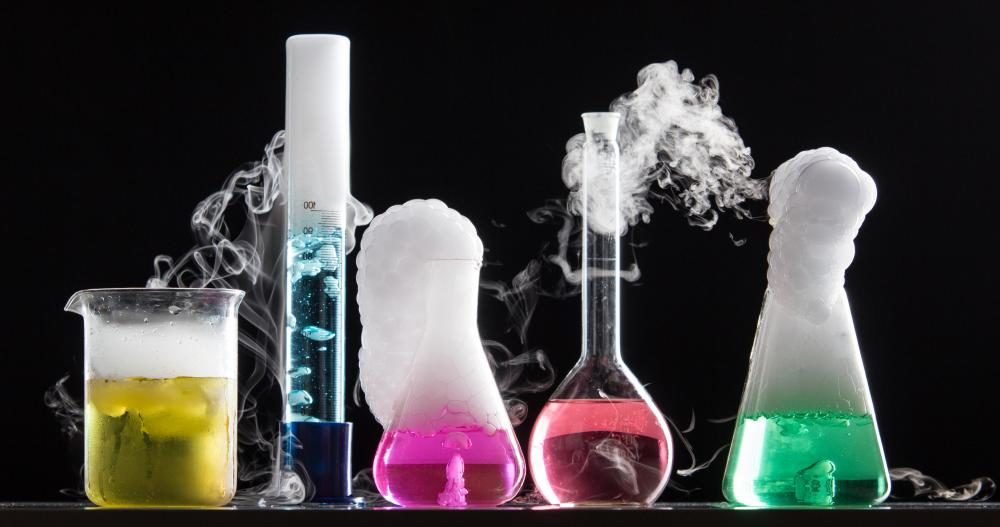Back to: BASIC SCIENCE JSS2
Welcome to Class !!
We are eager to have you join us !!
In today’s Basic Science class, We will be discussing Chemicals. We hope you enjoy the class!

TOPIC: CHEMICALS 1
Simply put, a chemical is a compound or a substance that has been prepared artificially most times. A chemical cannot be broken down without changing it to something else. They usually have a specific molecular composition and can be in the form of gas, liquid, or solid. It can also be in simple or complex form. They can be in the form of element, compound, and mixtures and can also be bases or acids. Chemicals are generally useful but can be very dangerous if not handled properly.
We will be considering the classes of chemicals based on their uses and based on their hazardous nature.
CLASSIFICATION OF CHEMICALS BASED ON THEIR USE
Chemicals can be classified into the following based on their use:
- Pharmaceutical chemicals
- Laboratory chemicals
- Industrial chemicals
- Agrochemicals and
- Nuclear chemicals.
Pharmaceutical chemicals are used for medical purposes. These chemicals are used in the production of drugs like antibiotics and in the production of vaccines too.
Laboratory chemicals are the chemicals found in science laboratories. Every school is expected to have a chemistry laboratory and in this laboratory, you will find several chemicals like sodium hydroxide (NaOH), hydrochloric acid (HCl), cobalt chloride (CuCl) etc. These chemicals are used for science experiments.
Industrial chemicals include chemical raw materials derived from oil (petrochemicals) and basic inorganic substances. An example is Sulfuric acid and its primary industrial use is to make phosphoric acid which is a main ingredient in most chemical fertilizers.
Agrochemicals are agro (agriculture) related just as the name implies. They are used for agricultural purposes and examples are pesticides, herbicides, fertilizers, and organic manure.
Nuclear chemicals are chemicals used in areas that concern radioactivity, nuclear processes, and transformations in the nuclei of atoms. An example is an x-ray.
CLASSIFICATION OF CHEMICALS BASED ON THEIR HAZARDOUS NATURE
Majority of chemicals are hazardous i.e. harmful and have to be handled properly. Hazardous chemicals are substances that can cause adverse health effects such as poisoning, breathing problems, skin rashes, allergic reactions, allergic, cancer, and other health problems from exposure.
These chemicals can cause fire outbreaks, explosions, corrosion, and hazardous reactions if not handled safely. Examples include drugs, cleaning chemicals, herbicides, gas cylinders, petrol, detergents, diesel etc.
We have come to the end of this class. We do hope you enjoyed the class?
Should you have any further question, feel free to ask in the comment section below and trust us to respond as soon as possible.
In our next class, we will continue our discussion about Chemicals. We are very much eager to meet you there.

wow nice online learning
it’s nice learning with you guys
It’s nice learning with you guys thanks you
beautiful 😍